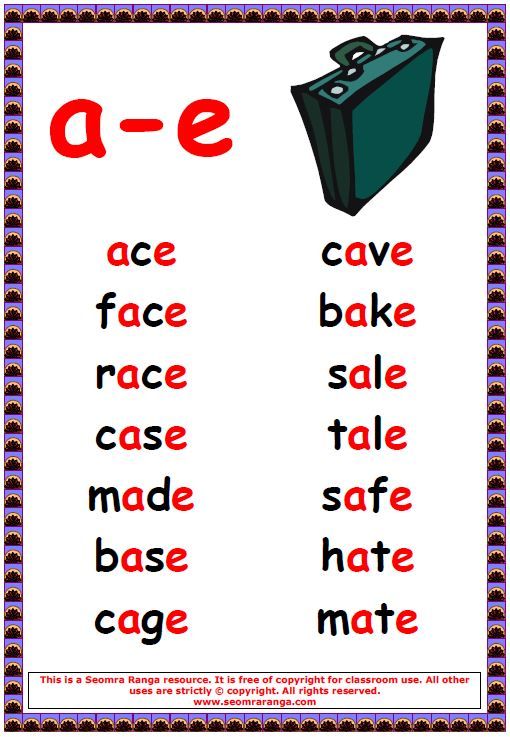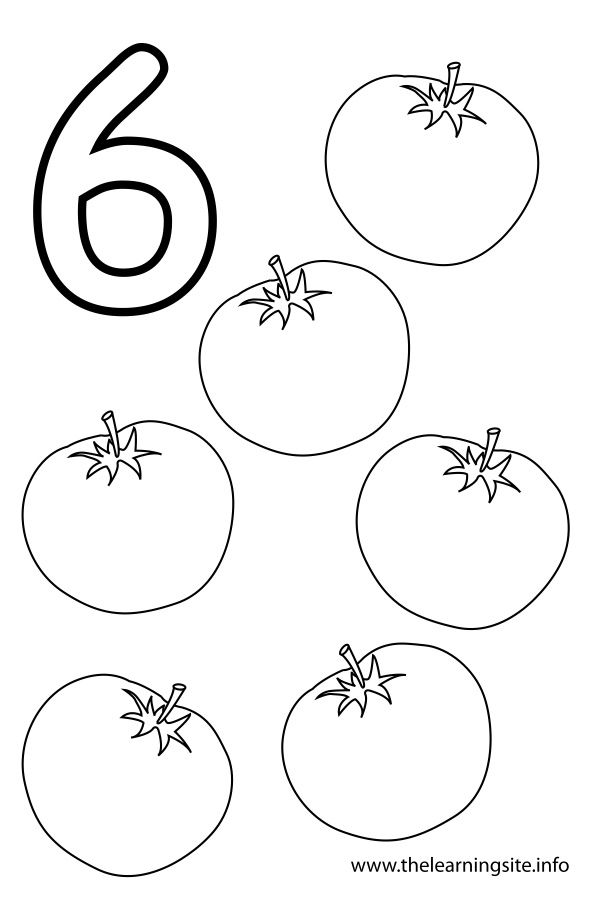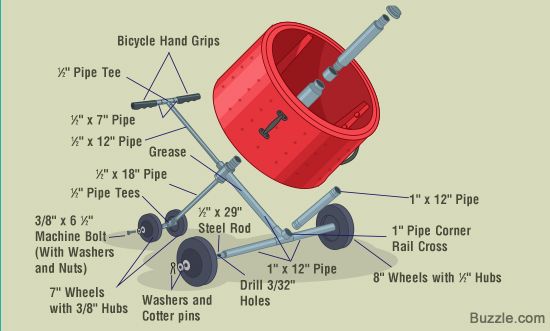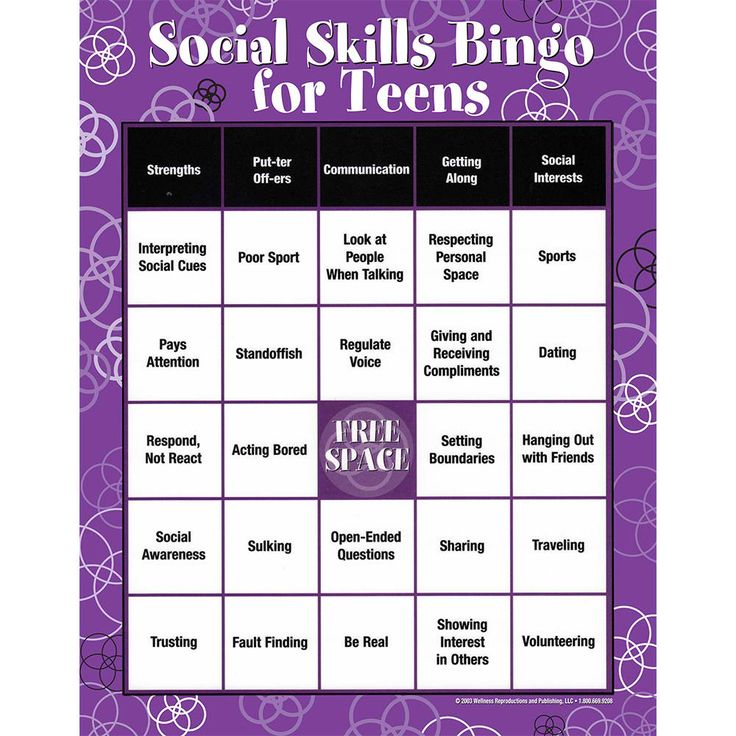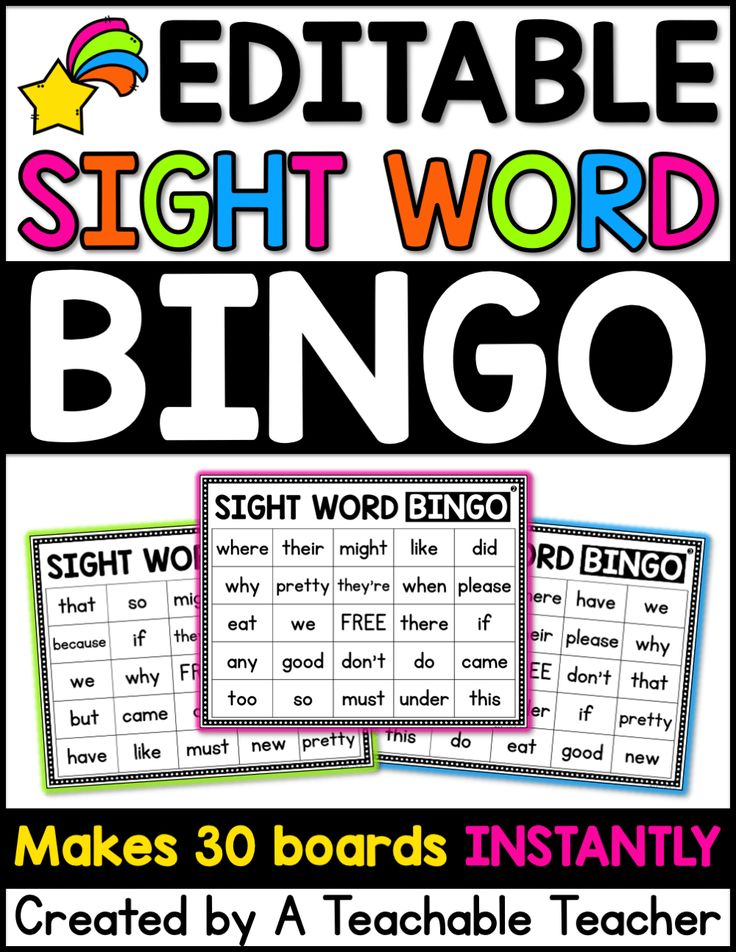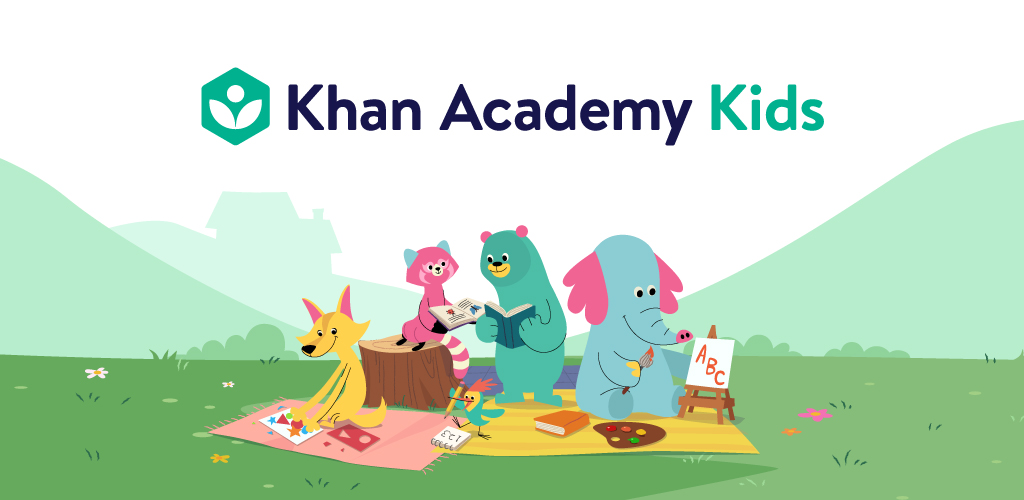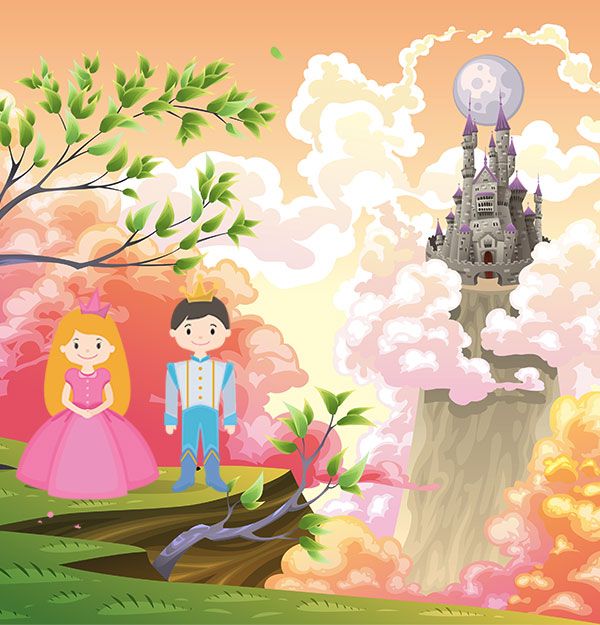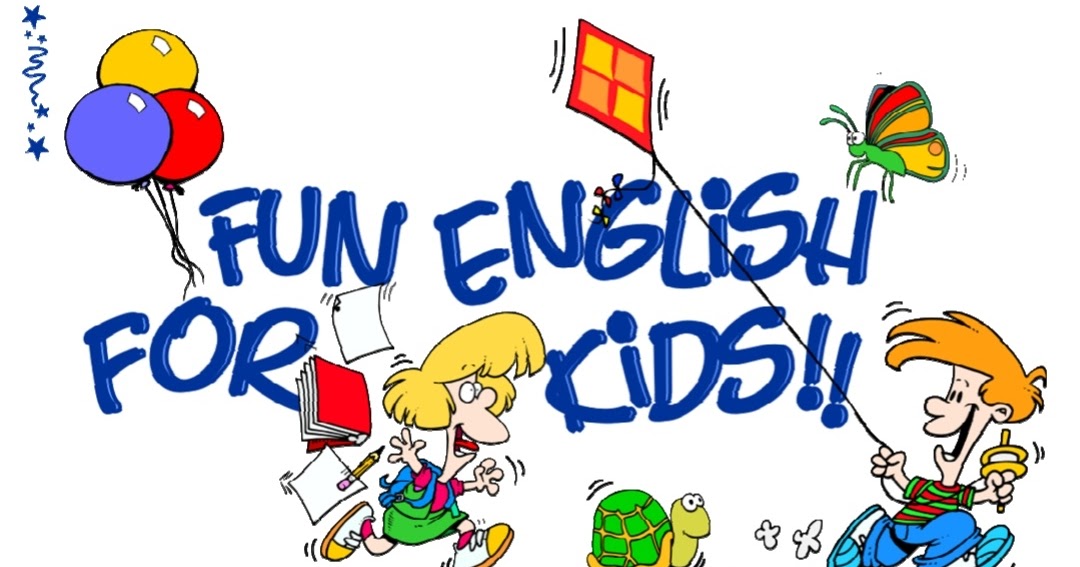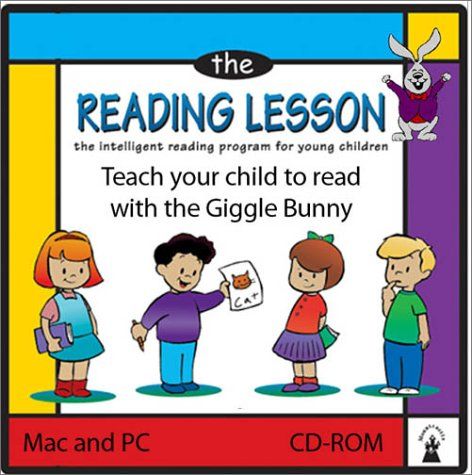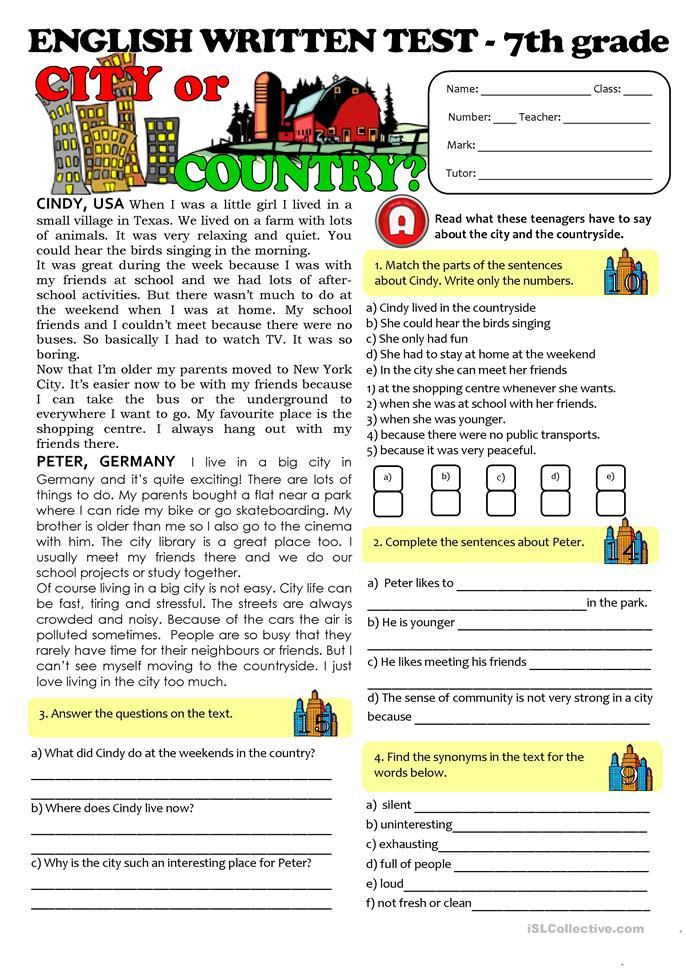Fun sounds for kids
Kid Sounds | Free Sound Effects | Sound Clips
Here are the sounds that have been tagged with Kid free from SoundBible.com Please bookmark us Ctrl+D and come back soon for updates!
All files are available in both Wav and MP3 formats.
Attribution 3.0
Kid Laugh
Kid laugh short only a few seconds. Recorded by tickling my son.
Mike Koenig
368989 4/5
Personal Use Only
Car Skidding
car skid or skidding sound
365778 4/5
Attribution 3.0
Jack In The Box
A jack in the box playing pop goes the weasel great for a childrens video or cartoon sound effect.
Mike Koenig
324858 4/5
Sampling Plus 1.0
Psycho Scream
A super psycho scream that is blood curdling to say the least.
FreqMan
288245 4/5
Attribution 3.0
Baby Crying
The sound of a baby crying. Its actually my son.. he is hungry, and we are waiting in the drive through for food. Hes not to patient lol
Mike Koenig
275591 4/5
Attribution 3.
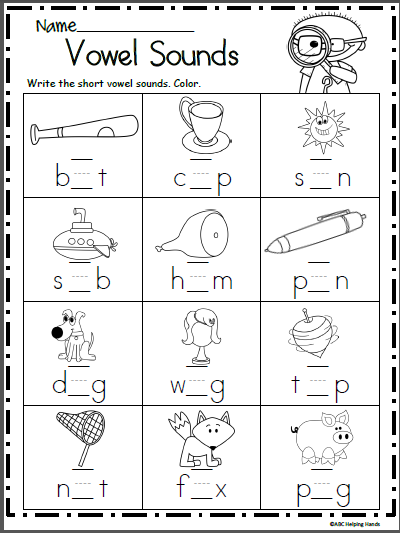 0
0
Jab
Great jab boxing and fighting sound effect. High pitch fast jab punch sound
Mike Koenig
268558 4/5
Attribution 3.0
Funny Kid Giggle
Funny sound of a kid giggling or laughing sound. Very cute great for a commercial or similar.
Mike Koenig
224747 4/5
Attribution 3.0
Counting To 10
My daughter counting to 10 while on vacation. Very cute.
Mike Koenig
223149 4/5
Public Domain
Bean Fart
A tasty bean fart sound effect for all your gross needs and what not. Listener discretion is advised if you dont think its funny im sure your kid will.
Listener discretion is advised if you dont think its funny im sure your kid will.
195679 4/5
Attribution 3.0
Upper Cut
Upper cut punch for a boxing or mma sound effect. Great Mike Tyson punch out type sound! Boom!
Mike Koenig
175455 4/5
Sampling Plus 1.0
Pain
Sound of someone in pain. Great for a fight or death scene in a movie.
thecheeseman
167590 4/5
Personal Use Only
Cartoon Hop
cartoon hop or jump funny sound
154106 4/5
Attribution 3.
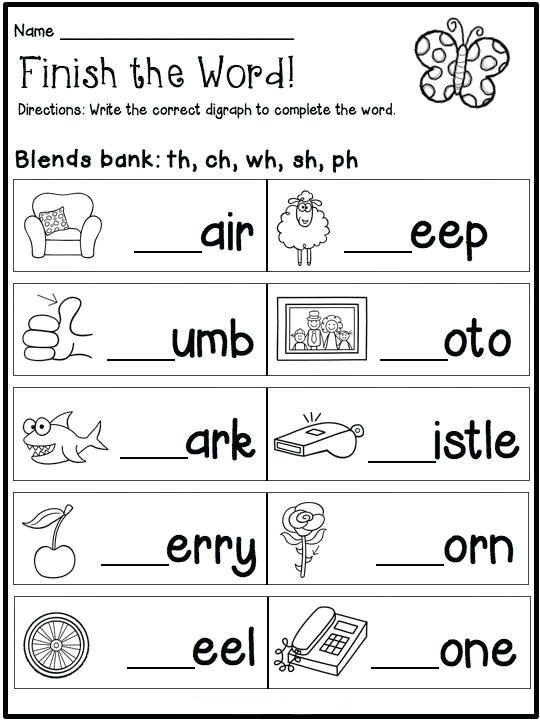 0
0
Kid Laugh Long
Me tickling my son and making him laugh for about a minute 30 seconds. If this doesnt make you crack a smile something is wrong with you.
Mike Koenig
150767 4/5
Public Domain
Music Box
A music box playing a delightful tune. Quick tune could be used for a notification sound on pc or cell phone, or whatever else you can dream up.
Big Daddy
149456 4/5
Personal Use Only
Kids Cheering
Cute Kids Cheering sound for a sports game. Great for basketball, football, baseball, or even tennis.
138992 4/5
Attribution 3.
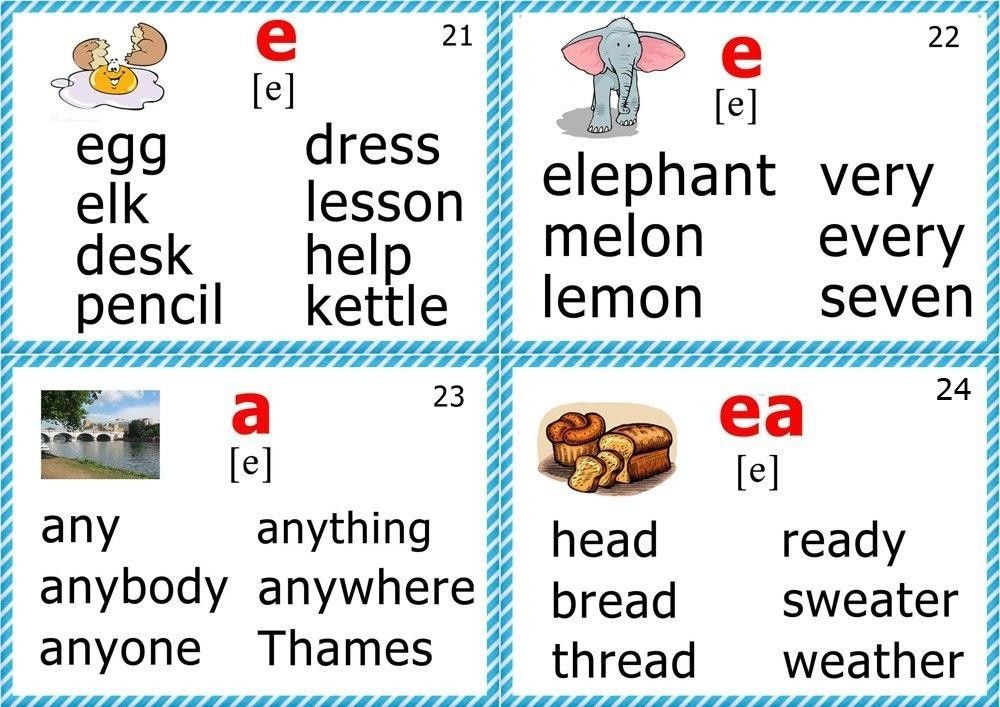 0
0
Right Cross
Right Cross punch for a boxing or mma sound effect. Great Mike Tyson punch out type sound! Boom!
Mike Koenig
132572 4/5
Attribution 3.0
Children Laughing
The sound of both of my kids son and daughter cutting up and being silly. Laughter and a few bits of giberish.
Mike Koenig
126112 4/5
Attribution 3.0
Left Hook
Great Left Hook boxing and fighting sound effect. 75% Left channel stereo punch sound. Great for games, and youtube videos.
Mike Koenig
124778 4/5
Attribution 3.
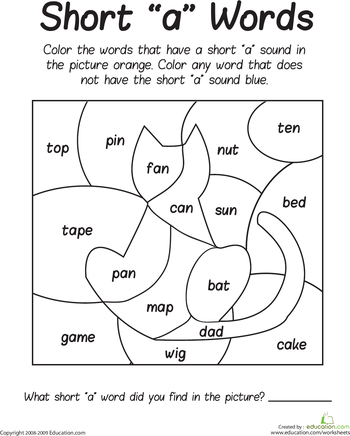 0
0
People Screaming
Sound of people screaming. Great fear, horror, or surprise screaming sound effect. 3 or 4 people screaming include 1 kid, 1 adult male, 1 adult female.
Mike Koenig
123894 4/5
Attribution 3.0
Cartoon Birds 2
Cartoon birds chirping silly. Cartoonish animated birds like you might find in a childs cartoon.
Daniel Simion
123508 4/5
Attribution 3.0
Right Hook
Great right hook boxing and fighting sound effect. 75% Right channel stereo punch sound. Great for games, and youtube videos.
Mike Koenig
117624 4/5
Public Domain
Children Playing
Children playing in a pool. An indoor pool. Requested by mignon.
An indoor pool. Requested by mignon.
Stephan
112689 4/5
Attribution 3.0
Funny Girl Laugh
My daughter Norah laughing and being cute she is 4 in this audio recording.
Mike Koenig
112501 4/5
Attribution 3.0
Funny Boy Laugh
My son Noah again doing a few funny laughs. Hes a nut but a good kid. He sounds like he is pretending to be a baby. He does that because we think it is cute I imagine.
Mike Koenig
110031 4/5
Attribution 3.
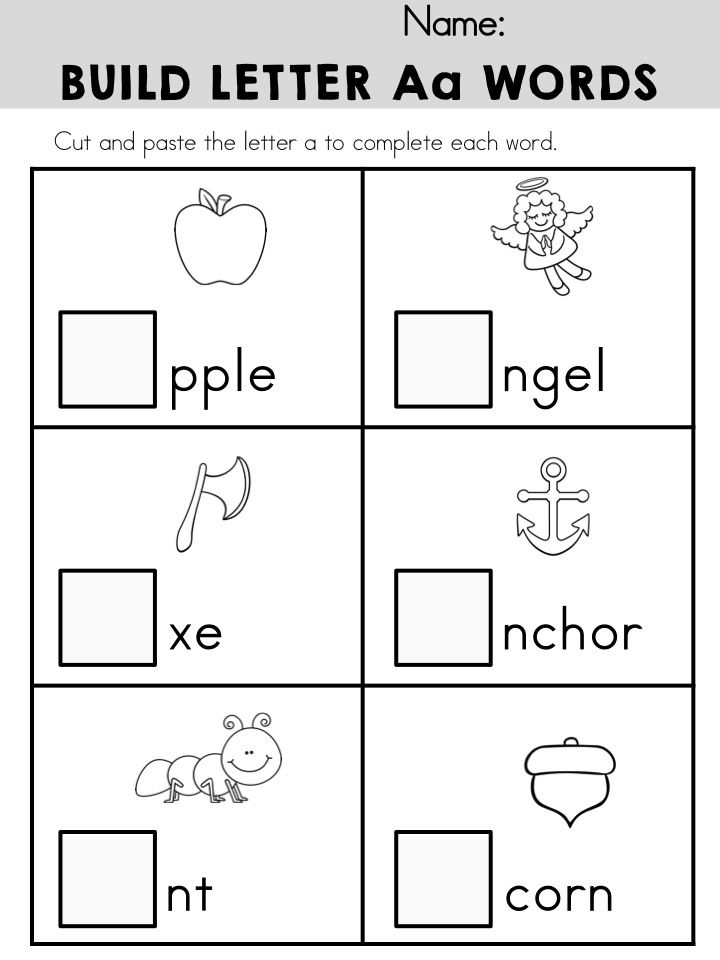 0
0
Small Crowd
Small crowd of parents and kids in a gymnasium at an elementary school basketball game.
Mike Koenig
105938 4/5
Attribution 3.0
Van Sliding Door
Van door sliding close after loading or picking up kids. Sliding door on a van could be used for a closing door.
Daniel Simion
105092 4/5
Attribution 3.0
Boxing Punches
Punching mma fight sounds 1 2 3 combo punch
Mike Koenig
104910 4/5
Attribution 3.
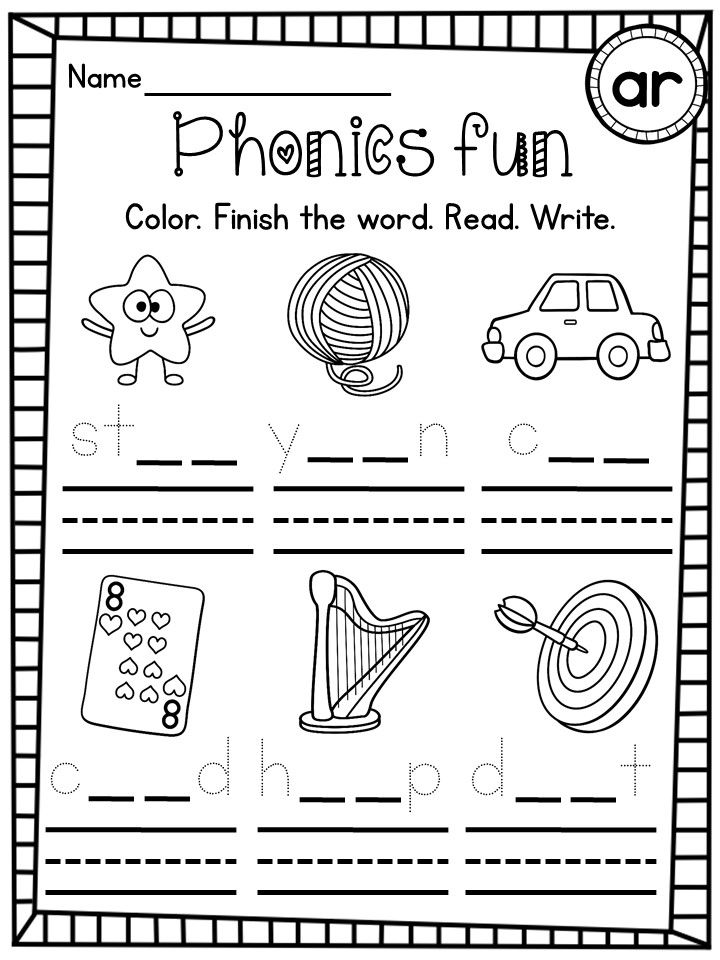 0
0
Baby Boy Laugh
My son Noah when he was 3 laughing 4 times in succession he is very funny. I say when he was three but at the time of this upload he is 3 so this is just for future references.
Mike Koenig
104740 4/5
Personal Use Only
Ice Cream Truck
Ice cream truck song sound effect. Requested by Quinton. Should be used for personal use only.
Ice Cream Man
104634 4/5
Sampling Plus 1.0
Ho Ho Ho St Nick
St Nick saying ho ho ho. Great Christmas sound for the kids around the holidays.
Acclivity
99606 4/5
Using Fun Sounds to Encourage Toddler Communication — My Toddler Talks
Let’s make some noise.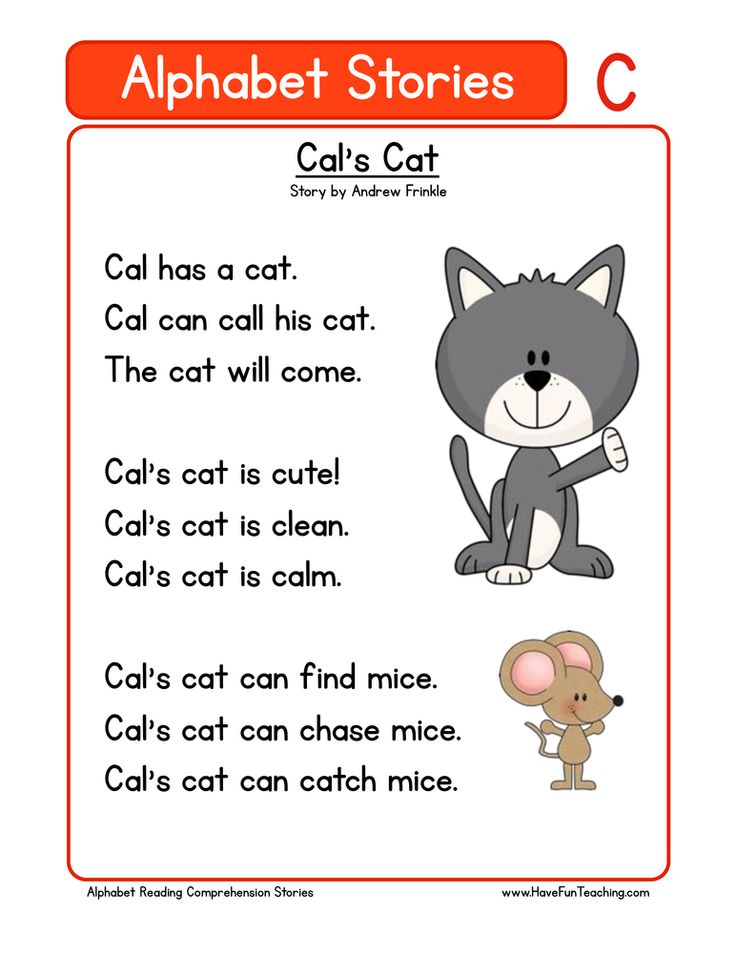
Funny sounds, animal sounds, vehicle sounds, you name it!
For toddlers who aren’t talking yet or using words consistently, I usually start with getting them to make some sounds.
Then, I get them to make these sounds consistently.
I want the toddler to use these sounds intentionally, volitionally, in multiple settings, and with multiple communication partners.
2959977095_7e11f1e2f4_b
Photo Credit: sheldon frazier
*Amazon Affiliate links are provided for your convenience.
I touched upon this concept of using fun sounds in my post - 7 Ways to Get Your Toddler to Communicate.
Now, I’m going to elaborate on how to use sounds to encourage your toddler’s communication.
What do I mean by sounds?
Why don’t you try to figure it out with my, “Sound Challenge”.
Take 60 seconds and come up with a list of any sounds (particularly funny ones) that your toddler may hear on a daily basis.
…..60 Seconds later….
Here are some sounds that may have made your list:
Ooh
Ahhh
Ohhhh
Weee
Uh-oh!
Oops!
Huh?
Hmmm?
Mmmmm
Brrrr (it’s cold)
Cock a doodle doo!
Woof Woof
Meow
Chugga-Chugga
Choo Choo
Ouch!
Boom!
Achoo!
Hahaha
Hehehe
So, how do I use these sounds?
First, I pick 1, 2, or 3 sounds (all depends on the child) then bombard your child with the sounds.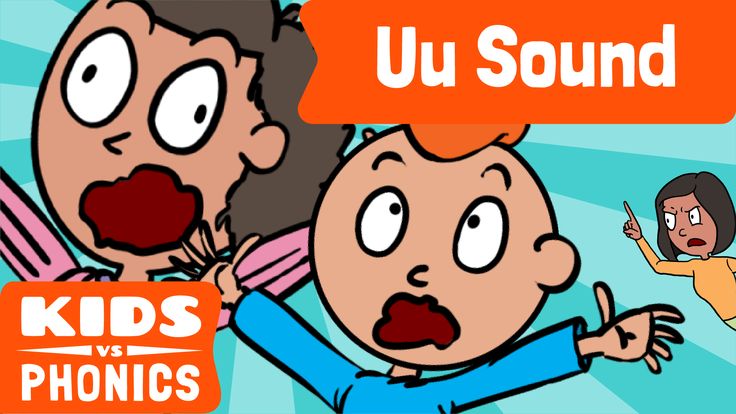
This handout is available in my resource library.
Subscribe to my newsletter for the pasword!
Strategically incorporate the sound(s) into a play routine, a daily routine, or when reading books together.
Structure the play routine so your toddler knows he has to say or attempt to say the sound at a certain point during the routine.
Photo Credit: eldelinux
For instance, if we’re doing the Trains play routine, pages 67 & 68, of My Toddler Talks: Strategies and Activities to Promote Your Child's Language Development, we’ll get into the flow of the trains going around the track.
First, the train moves slowly and then it goes faster as it picks up steam. As you or your toddler move the train, say, “Chugga chugga chugga choo choo” (or, just “Chugga Chugga” or “Choo Choo”). Incorporate sounds into your self-talk and parallel-talk.
Once the train is moving quickly, it may accidentally fall off the track, eliciting an “Oops” or “Uh-oh”.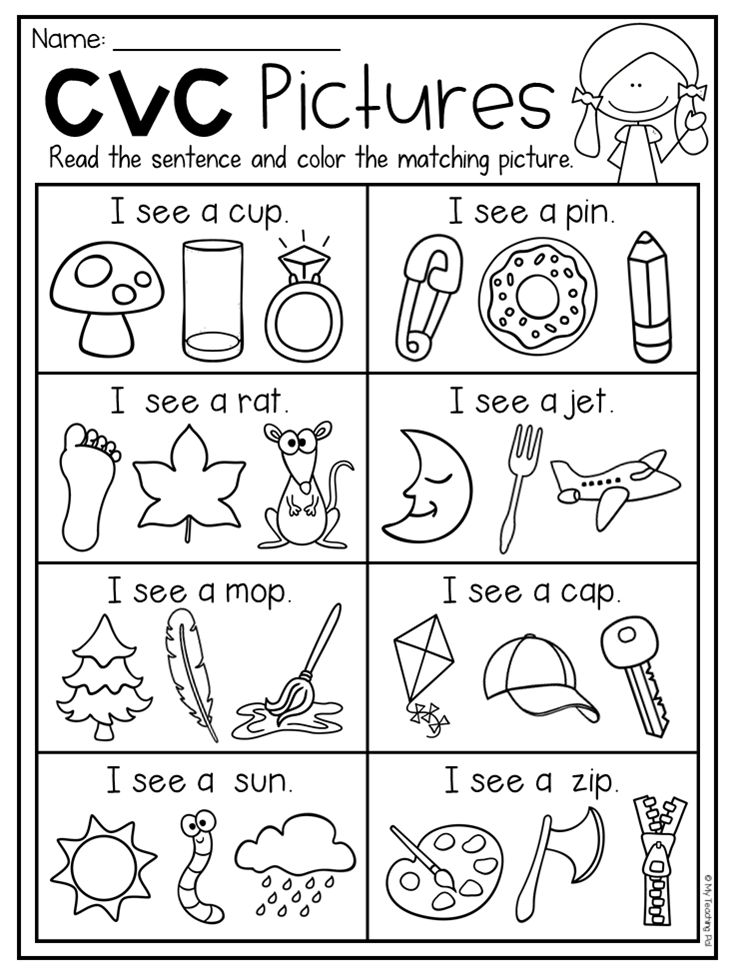
What if you try these things and they’re not working?
Start with a sound that your child is already doing and get him to say the sound more and more.
If your child only says “uh” for “up”, then, incorporate it into a play routine where he has to say “Uh” or “Up” on command. There are many ways to encourage the final “p” (a speech language pathologist can help you). One way I like to encourage it is to put another word that starts with “p” in the initial position following the final “p” word. So, if Tiffany is only saying “uh” for “up” then I model “Up, please” or if we’re playing with the trains I may encourage “Up, Percy”.
By the way, this is Percy:
Also, make sure you’re giving your child enough time and providing enough repetitions of the modeled response. Children need a lot of repetition and practice.
You can also start with targeting early vowel sounds like:
“Uh”, “ah”, “ee”, “oo” , and “oh” (notice I have these on my sound list)
Pair the sound with a gesture or gross motor movement (large body movement).
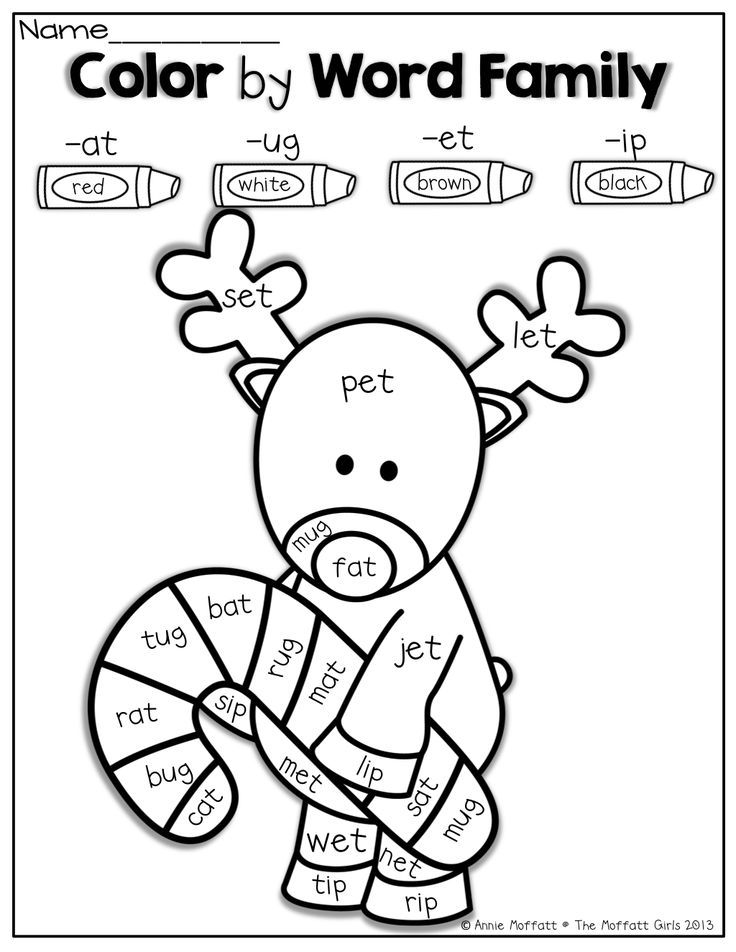 In the case of “No!” encourage the child to adamantly shake his head.
In the case of “No!” encourage the child to adamantly shake his head.Lastly, when in doubt make sure you and your child are still having fun. Language learning should be fun.
For more Trouble Shooting Tips see pages 15 & 16 of My Toddler Talks: Strategies and Activities to Promote Your Child's Language Development.
As always, I hope this has been helpful.
In need of some additional free and helpful resources? Please subscribe to my newsletter. I share information and handouts exclusively with my newsletter subscribers.
If you have enjoyed reading My Toddler Talks, please help spread the word. Tell your friends, write an honest review on Amazon, click the social media buttons or personally give me your feedback. I love hearing from my readers and value your input.
Thanks for reading!
UncategorizedKimberly ScanlonComment
0 LikesGCD theme: "funny sounds" | Outline of the lesson on the development of speech (middle group):
Technological map of the lesson
Full name: Gerasimova Margarita Vladimirovna.
Integration OO: "Cognitive development", "Social and communicative development", "Physical development", "Speech development".
GCD topic: “funny sounds”
Age group: middle group
Purpose: to develop children's skills to perform sound analysis of words.
Tasks:
Educational: To consolidate children's knowledge of vowels and consonants, to consolidate the ability to identify the first sound in a word and correlate it with the corresponding symbol. To improve the ability of children to make sound analysis of words.
Developing: To develop memory, attention, thinking.
Educational: To cultivate interest in the occupation, perseverance.
Planned results: children are able to perform sound analysis of words, are able to identify vowels and consonants.
Methods: verbal, visual, practical
Material and equipment: manual "Apple tree", subject pictures for the game "4 extra": fly, spider, butterfly, wasp; split pictures: chestnut, rose, narcissus, poppy; a picture of a willow; images of stones with symbols of sounds; stimulus pictures (treats: apples, raspberries, bouquets of flowers), soft toy bear cub; doll; pencil cases, strips for sound analysis; tape recorder, disc with phonogram.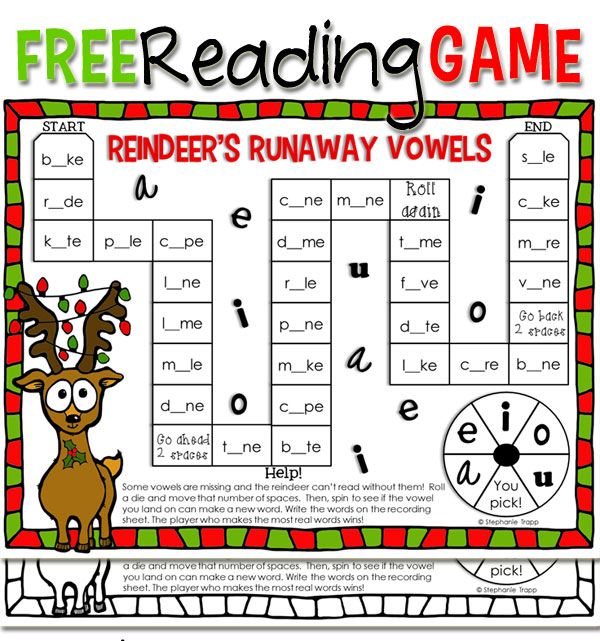
| No. | Stages | Tasks of Stage | Activities of the teacher | Methods, forms, techniques | The estimated activity | 9000 9000 9000 9000.000 9000 9000 9000 1. – motivational stage | Organize children. Give an orientation to the upcoming activity | Organization of a motivating conversation. - Do you guys like to travel? - Guys, today we are going on a trip. In order for the journey to bring us joy, and we do not get lost, we need to be very friendly. Let's take each other's hands and firmly press palm to palm: We will fold our palm to palm, And we will offer each other to be friends. Let's sing, practice, play, To become kind, smart. | Methods: verbal Form of organization of children: group Receptions: conversation. | welcome the teacher, answers questions | In children, interest in the upcoming activity | 2. | The main stage | Tasks at the stages change depending on the tasks on sub -seats | The teacher's activity changes depending on the task at the sub-stages. | Change depending on tasks in sub-stages | Change depending on tasks in sub-stages | Change depending on tasks in sub-stages | 9003 The stage of posing the problem | Create a problem situation, the formulation of the upcoming problem is understandable to children0003 - Guys, listen, what are these sounds? -That's right, it's a stream ringing (Appendix 1 - phonogram "stream"). - In order not to get our feet wet, we will walk over the pebbles. Look, the stones are not simple, they will only help you if you name them correctly (each stone has a sound symbol, the child calls the sound by stepping on the stone). --Tell me, what do the names of magic stones mean? (These are sounds). So where did we guys get to? to the land of sounds -Can you see and touch sounds? (No, we hear and pronounce sounds). | Methods: verbal, visual, visual Organization of children: Group MECOMS: Problem situation | Children put forward their assumptions from the problem situation | Children offer their options for the exit from the problem situation |
| 2.2. | Familiarization step | This stage is absent, because the lesson is built to consolidate previously acquired knowledge. | |||||||||
| 2.3. | Stage of practical problem solving | Collaborate in the process of completing tasks. | Activation of activities to solve a problematic issue. - what did we study on the previous assignments? Sounds -What are the sounds? (vowels and consonants). -Let's remember the vowel sounds (a, o, u, i, s). -How do we pronounce vowel sounds? (We sing them, nothing interferes in the mouth, the air flows freely through the mouth). -Now name the consonants (b, p, m, n, c, t, x). -How do we pronounce consonants? (We say them, teeth, lips, tongue can interfere with air exiting the mouth). - Guys, look, what kind of tree is this? (Apple tree). -Do you know where apple trees grow? (In the garden). -That's right, we ended up in the garden. -This is a magical apple tree - in addition to apples, sounds also grow on it. But a strong wind blew and blew magic leaves from the apple tree. Can we help the apple tree get its leaves back? (Yes). The game “Magic Leaves” (On the table are pictures (-blue hard according to cheese, lemon and ball-green soft according to) and three trees with a crown, red, blue and green. On each leaf there is a picture, you need to determine the first sound in the word and correlate it with the sound symbol located on the apple tree) -Well done, you helped the apple tree, for this she treats you with sweet apples -Oh, what is it, it starts to rain (Appendix 1 - soundtrack "rain and thunder"). Physical education minute Rain! Rain! Rain! We must go home! (We walk in place.) Thunder! Thunder like cannons. Today is a holiday for frogs. (Jumping in place.) Hail! Hail! It pours hail, Everyone is sitting under the roofs. Just my brother in the puddle Fishing for us for dinner. (We walk in place.) -While we were hiding from the rain, we got lost. Listen, what are these sounds, where are we? (Appendix 1 - phonogram of the "voice of the forest"). -Yes, we ended up in the forest. Children meet a bear. Bear: - Guys, let's play. Look, I have prepared a game for you. Game "4 extra" (Appendix 4). There are 4 pictures on the panel: a butterfly, a spider, an ant, a wasp. Children determine which insect is superfluous, explain why. (An extra wasp, the first sound in the word wasa - “a” is a vowel, and the rest of the words begin with a consonant). Mishka: - Guys, you are great, for this, please accept a fragrant, sweet raspberry from me (Appendix 3). Finger gymnastics "Forest treats". The forest is immensely glad to the guests - He treats the guys: Vanya - strawberries, Tanechka - blueberries, Mashenka - nuts, Petya - russula. Game "Fold the picture" (Appendix 5). -Guys, look what I found. These are torn pictures, if we collect them, we will know where we go next. (Children collect pictures, tell what they got: poppy, chestnut, rose, daffodil). - Guys, where will this weight melt? (In the park). - That's right, we'll go to the park (Appendix 1 - soundtrack "birds sing"). See what kind of tree is this? (Willow) -Once upon a time there lived a beautiful girl, the evil sorceress did not love her for her beauty and kindness, and turned her into a willow. Since then, she has been standing lonely and sad, lowering her scythe-branches into the water and crying. -Let's disenchant her. If we spell her name correctly, Willow will turn into a beautiful girl again. (Children perform sound analysis of the word "Willow") and - [and] - vowel, stressed in - [c] - consonant, voiced double, solid (pair) - Well done, you did a difficult task. -Guys, Ivushka wants you to draw this beautiful tree, can we draw it? Yes (draw) | Methods: verbal, visual Form of organization of children: individual, group Techniques: conversation, game situations (didactic games) | During didactic games, children's skills are fixed Perform sound analysis of words. | ||||||
| 3. | The final stage | Summing up the activities | Organization of activities through a generalizing conversation. -Where have we been? in the land of magical sounds What did we see in the garden, whom did we meet in the forest, whom did we help in the park? What did you like about the lesson? With whom would you like to share your impressions of what you saw? | Methods: verbal Form of organization of children: group | Children answer a problematic question | Identification of acquired knowledge in the process of talking with children. |
11 speech games
To learn to read and write without any problems, to perceive and understand words correctly, to master any foreign language, a child must be able to distinguish sounds. Scientifically, this is called phonemic hearing. How to develop it in children of different ages, says psychologist and preschool teacher Svetlana Pyatnitskaya.
Svetlana Pyatnitskaya, preschool teacher, child and perinatal psychologist, author of educational programs for preschool children
How is phonemic hearing formed in children? Of course, in practice: in the perception of someone else's oral speech, in their own pronunciation of words. When it is well developed, the child is able to distinguish by ear the sounds of speech, and in the future - to correctly reproduce them, correlate letters and sounds. That is why it is very important that parents talk a lot with their children, read simple poems to them from a very early age, even before school.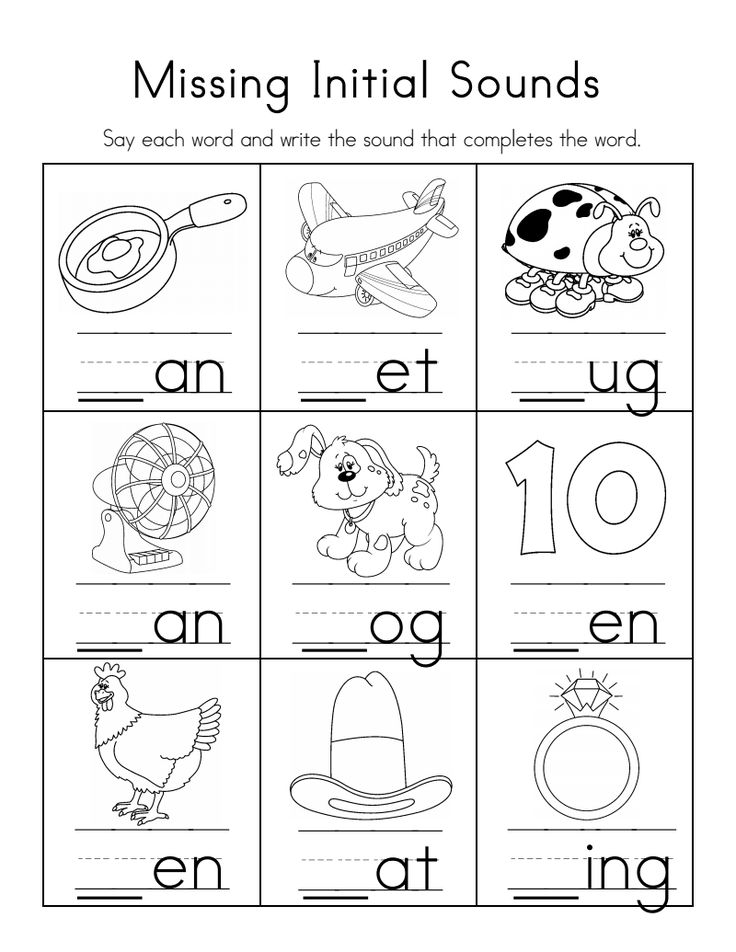 Teach toddlers to distinguish sounds in the form of fun games.
Teach toddlers to distinguish sounds in the form of fun games.
For children 2-3 years old
The purpose of games at this age is to maintain the baby's attention and interest in sounding speech, to encourage him to repeat after an adult. Start with game "Who is calling you?" . You will need small toys in the form of various animals or pictures with their image. Place toys or pictures in boxes: these will be animal houses. Open each box in turn and show the toy. Name it and say the appropriate onomatopoeia: “This is a duck. She quacks: "Quack-quack", and this is a cow, and she lows: "Moo-mu". Invite the baby to repeat these sounds: “How does the frog talk? And the dog? Then take the animals "home" and tell the baby: "They want to play with you. Guess who's calling you?" Call the baby on behalf of each character. The game can be made more difficult by adding new animals
For 3-4 year olds
Hammers can be played anywhere, no props are required.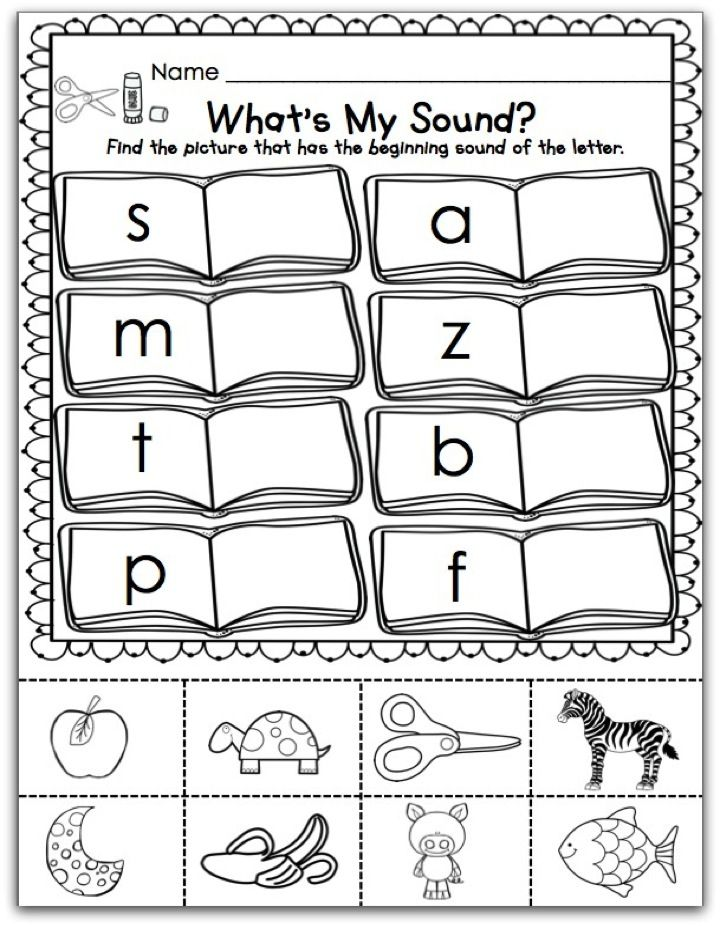 You tell the kid: “I have a big hammer. He knocks like this: "Knock-knock-knock." I have a small hammer. He knocks like this: "Knock-knock-knock". Ask the child to close his eyes and determine which hammer is now knocking. Say the appropriate sounds.
You tell the kid: “I have a big hammer. He knocks like this: "Knock-knock-knock." I have a small hammer. He knocks like this: "Knock-knock-knock". Ask the child to close his eyes and determine which hammer is now knocking. Say the appropriate sounds.
Mother and Baby can also be played anywhere, you only need to know the text well. You say: “Once upon a time there was a cat. She gave birth to a kitten. A mother cat began to teach her baby kitten to meow. The cat meowed loudly: “Meow-meow-meow!”. And the kitten quietly repeated: "Meow-meow-meow." The kitten saw a butterfly and ran after it. The cat noticed that the kitten ran away and began to call him. But as? Loudly: "Meow-meow." And the kitten meowed in response to her. How? Quietly: "Meow-meow." The kitten returned to its mother. She began to praise him that he had heard her. Show how she praised him? And how did the kitten answer her? Make the game harder by adding other animals to it. If there are a lot of players, you can give the kids cards with pictures of animals and their cubs.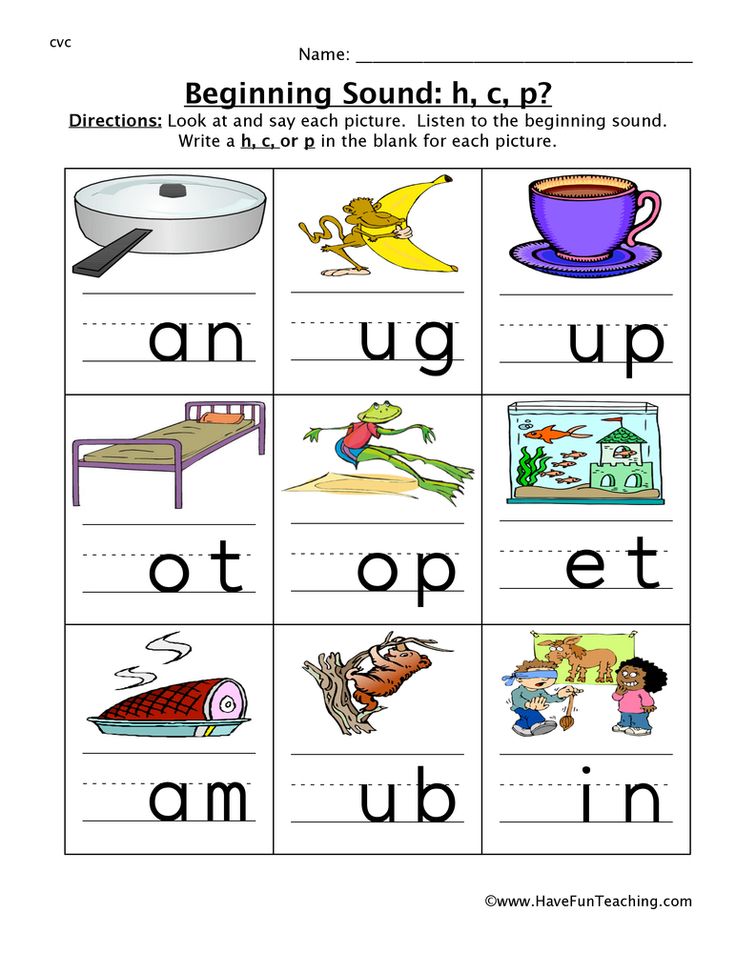 In turn, "mothers" loudly call "children", and those, in accordance with their cards, answer them.
In turn, "mothers" loudly call "children", and those, in accordance with their cards, answer them.
For children 4-5 years old
A very useful game that develops the clarity of pronunciation - "Repeat" . Learn this funny couplet:
For-for-for - there is a goat in the yard.
Zu-zu-zu - I'm not afraid of that goat!
Children love to rhyme words. Encourage their imagination! You went out into the street and saw a wheel - a tractor, a big car, just a tire dug into the ground. Draw the baby's attention to the wheel, while showing with your hands how big it is: "So-so-so - that's what a wheel!". Offer to communicate for a while only like this: “Ba-ba-ba - mom, give me bread! Ta-ta-ta - eat, son, please.
Compound ball. If you are playing alone, stand in front of a child, if there are several children, let them surround you. Throw a ball to each participant in turn, while saying any syllable.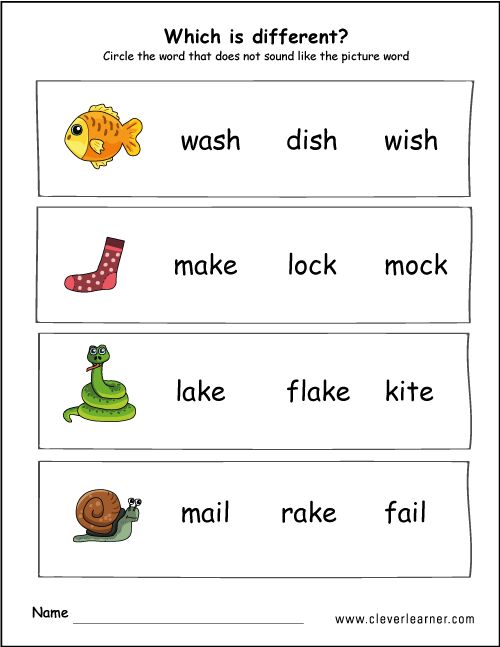 The task of the participant is to catch the ball and throw it back to you, clearly repeating the syllable.
The task of the participant is to catch the ball and throw it back to you, clearly repeating the syllable.
For ages 5-6
Catch the Sound . Before the game, agree that you are hunters: you will catch sounds. You name the words, and the child clap their hands only if the word has the selected sound. Let's say the sound [sh]. You say, pausing: "Cat, mouse, pen, midge, tussock, noodles, river, reeds, monkey, fur coat." At first, it is worth highlighting the desired sound intonation, pronouncing it as a long one.
Stop . Children turn into different animals: elephants, hares, bears. Imitating the movements of the selected animal, they walk around the room. You name words that sound similar. As soon as the children hear the word “Stop” among them, they should freeze. For example: "Moan, chair, stop, knock, stop, table, drain, stop."
6-7 year olds
Find the sound. You name a string of three words.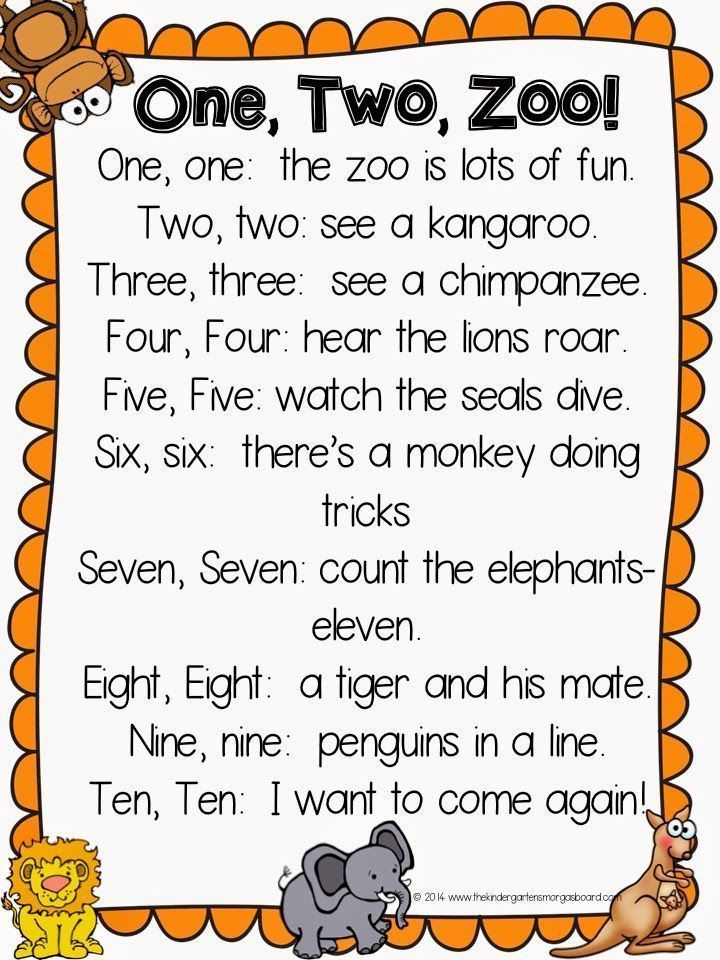 The task of the child is to find the sound that occurs in all words. For example, for the chain "Cat, mouth, bridge" it will be [o]. The game can be made more difficult by adding a fourth word that has no sound in common with the rest. Then the task of the child is to find the superfluous.
The task of the child is to find the sound that occurs in all words. For example, for the chain "Cat, mouth, bridge" it will be [o]. The game can be made more difficult by adding a fourth word that has no sound in common with the rest. Then the task of the child is to find the superfluous.
"Pure words" . For this game, you can choose any quatrain from the works of Agnia Barto or use similar tongue twisters:
White snow, white chalk,
The white hare is also white,
But the squirrel is not white,
even White was not.
Ask the child to say these lines in different ways: in a whisper, in a normal voice, loudly, slowly, a little faster, very quickly.
For 7-8 year olds
Fun Offer . You need to make a sentence, all words in which must begin with one sound. For example, [b]: "Baran Baranovich butted the sides of poor Bobik." This game is especially fun to play in a company: let everyone say a word so that they end up with a coherent sentence.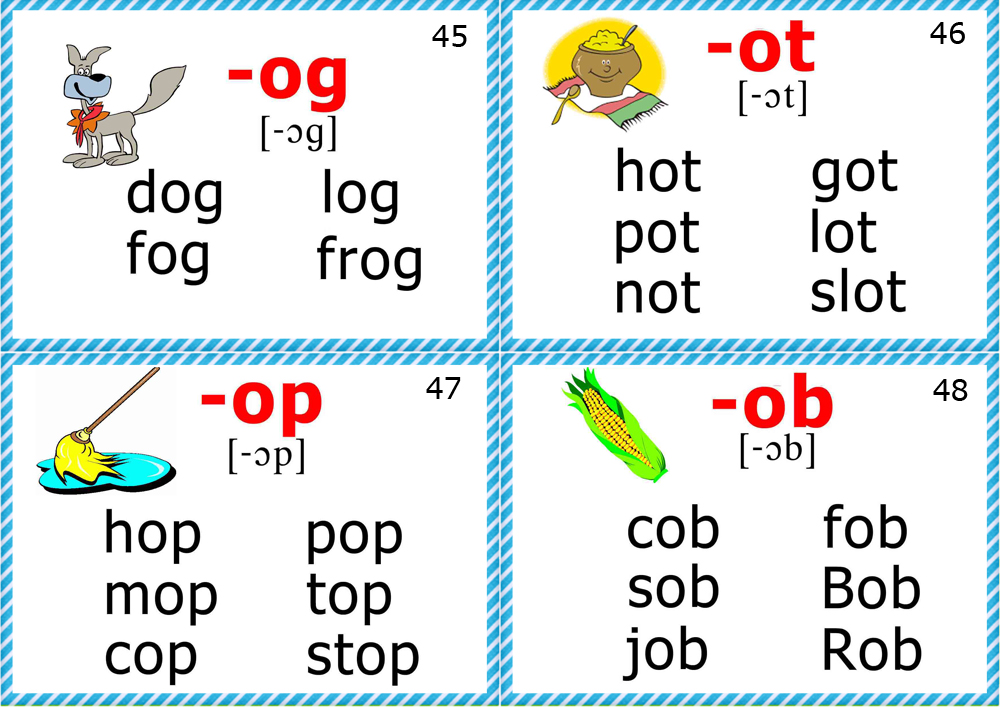 Whoever comes up with a proposal faster and longer can be rewarded with a small gift.
Whoever comes up with a proposal faster and longer can be rewarded with a small gift.
Hide and Seek . This game is interesting in a new, unusual environment, such as a store or clinic. The child should see and name as many objects as possible, inside which the sounds you have defined are "hidden". For example, objects starting with the sound [p] - a shelf, with the sound [m] in the middle of the word - a lamp, and so on. You can compete: choose one sound and find words with it in turn. The one who named more wins.
These games will allow not only to develop and consolidate the skills of correct pronunciation and perception of sounds, but also to have fun. After all, the form of the game for the child is understandable and natural and does not cause protest, as it can be with other activities.
Read also:
Fun speech development exercises: do it at home!
30 best diction exercises
6 reasons why our kids don't like to read
Photo: allstars, FamVeld/Shutterstock.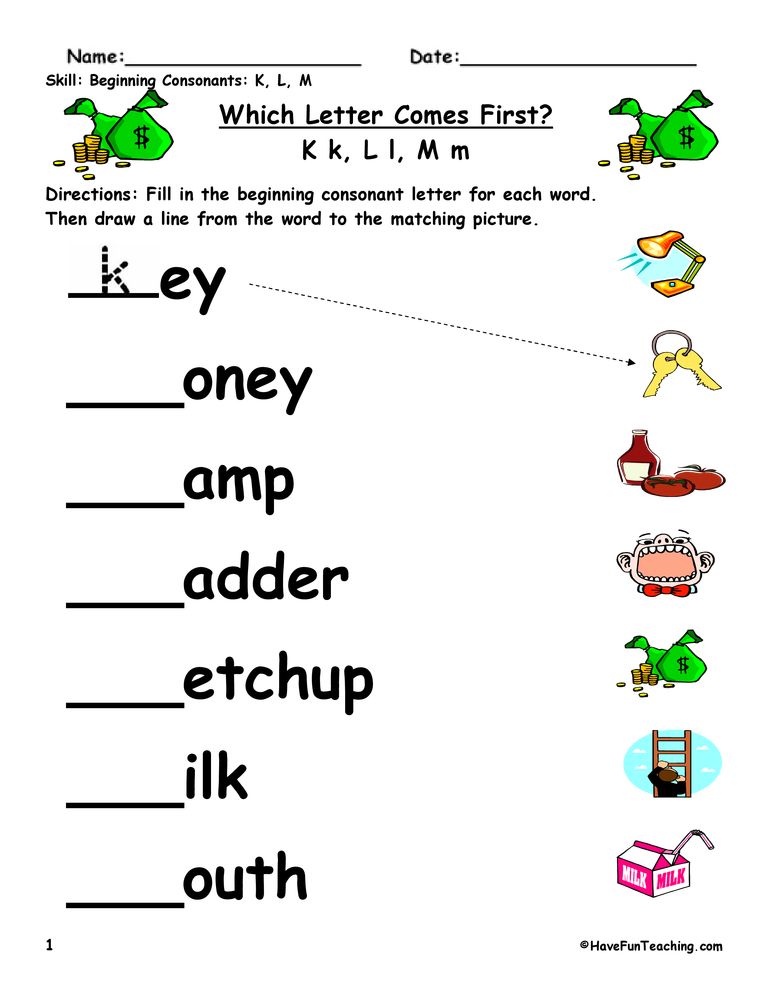
Learn more

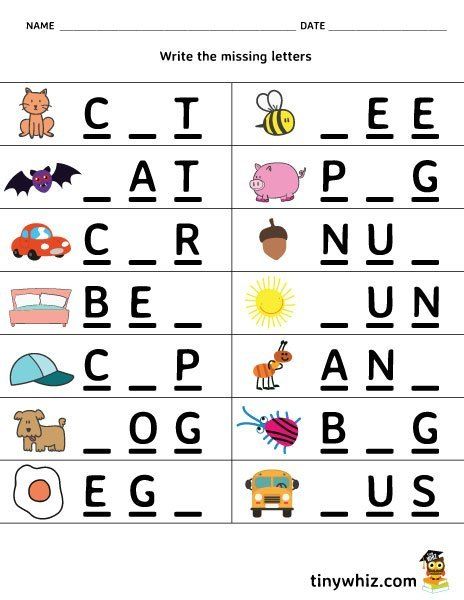
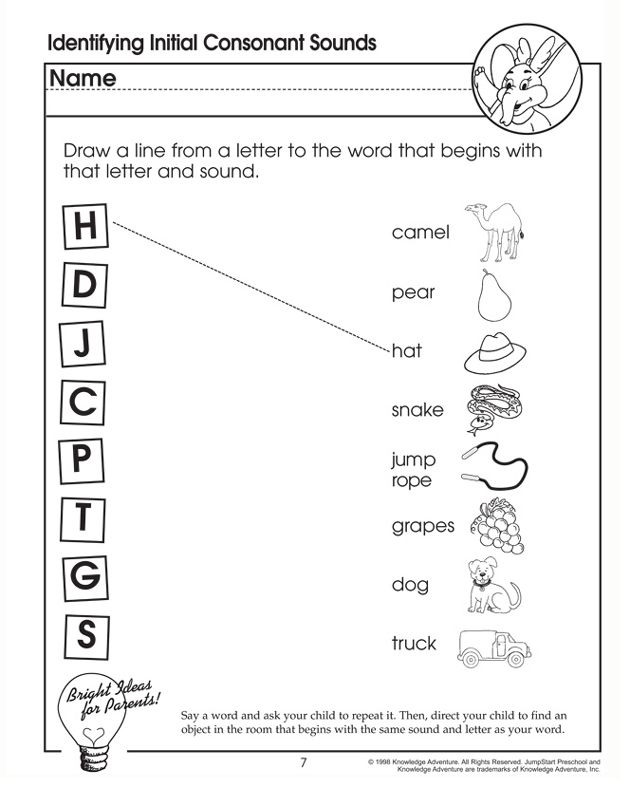

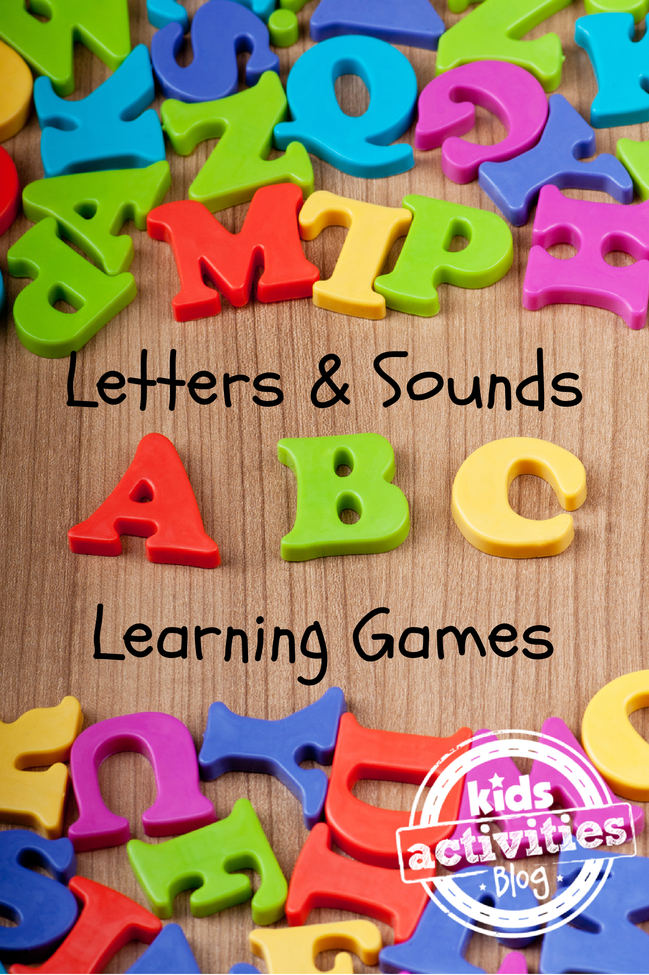
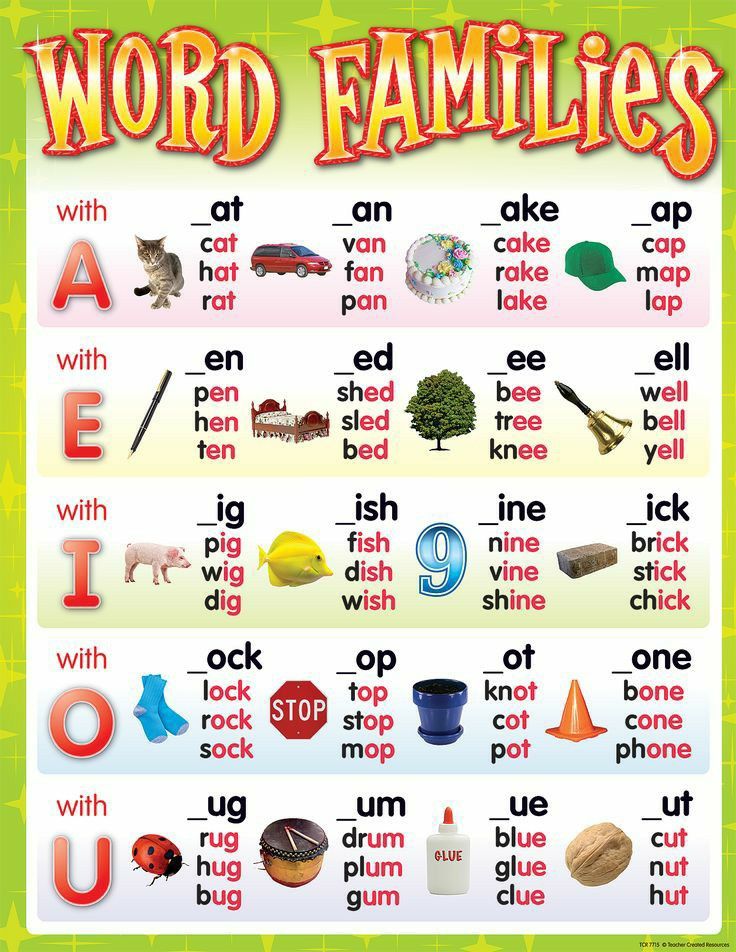 (Sit down, clapping your hands.)
(Sit down, clapping your hands.) 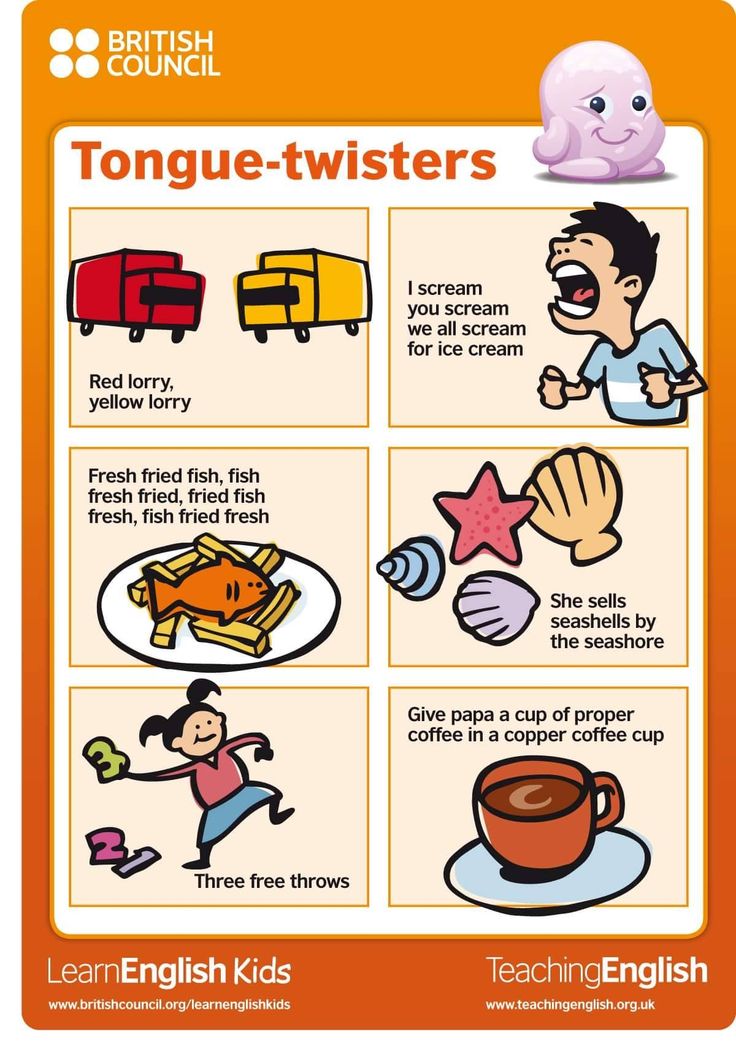
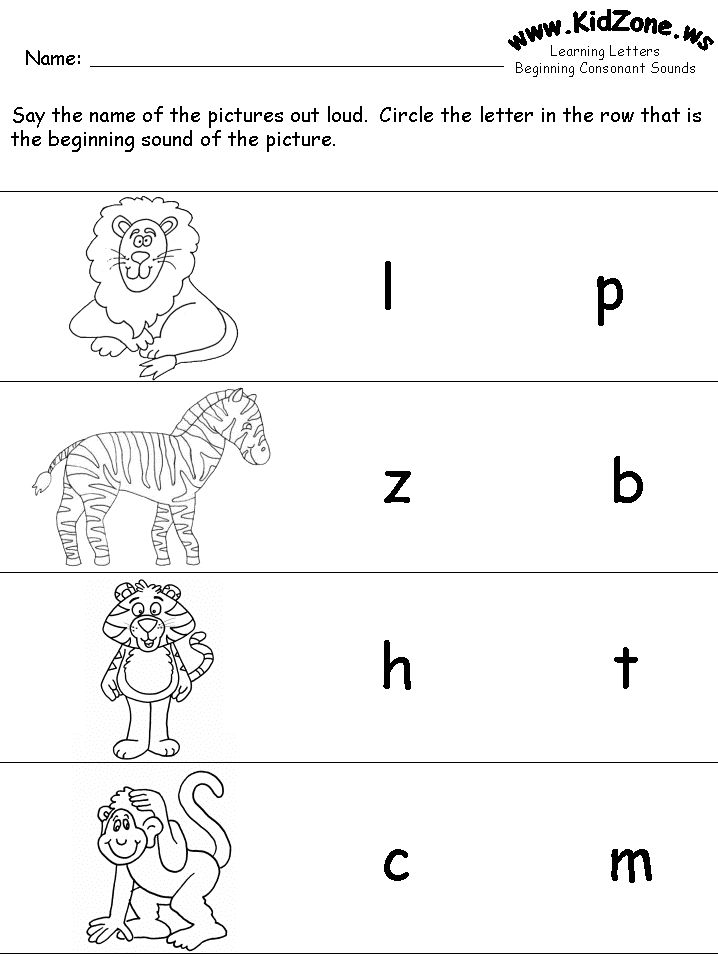 Look, the willow has turned into a girl and says: “Thank you” (the girl gives the children bouquets of flowers) - Appendix 3
Look, the willow has turned into a girl and says: “Thank you” (the girl gives the children bouquets of flowers) - Appendix 3 
